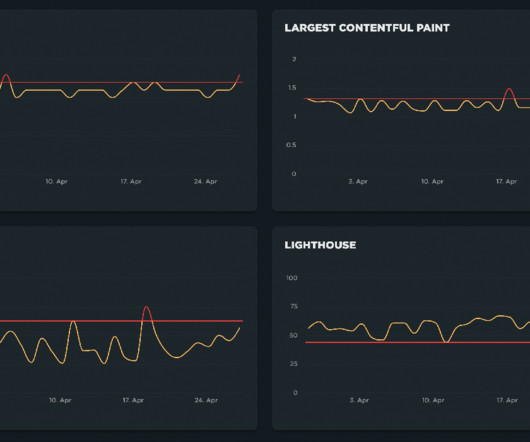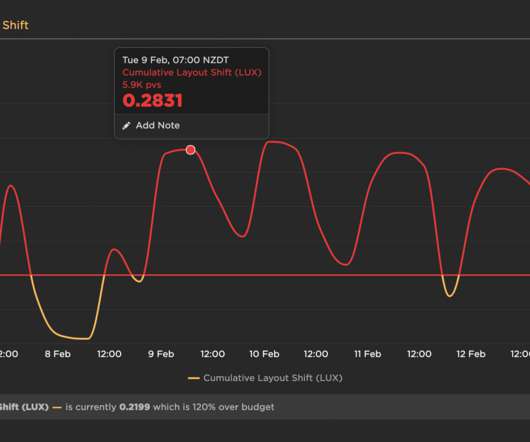Don’t Sink Your Website With Third Parties
Smashing Magazine
JUNE 1, 2022
Don’t Sink Your Website With Third Parties. Don’t Sink Your Website With Third Parties. You’ve spent months putting together a great website design, crowd-pleasing content, and a business plan to bring it all together. Your website may be using more third-party services than you realize. Ken Harker.















Let's personalize your content